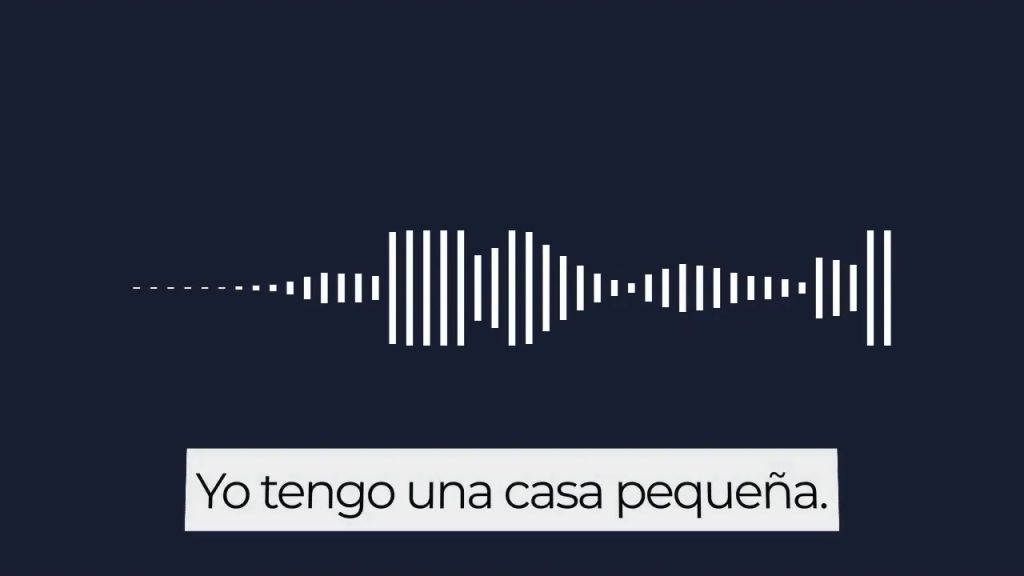If you want simple, practical ways to use Spanish every day, try turning your hobbies into low prep Spanish activities. Below you will find a short Spanish text about common pastimes, followed by clear English explanations, useful present-tense verbs, and easy activities you can start right away.
Hola, hoy voy a hablar de mis pasatiempos. La verdad es que ahora no tengo muchos pasatiempos porque estoy muy ocupada. Estoy escribiendo un libro, trabajando y también haciendo mis videos. Pero cuando tengo tiempo, tengo muchos intereses y muchos hobbies.
Me encanta leer, pero como no tengo mucho tiempo libre, escucho muchos libros en el coche. Me encanta ir al teatro. En la universidad, una de mis carreras fue teatro, así que me encanta escuchar y ver, y también escribir obras, contar y escuchar historias.
Me gusta mucho ver vídeos, películas, series de televisión, documentales y las noticias. Me gusta mucho aprender y entretenerme. Uno de mis pasatiempos favoritos ha sido la actividad física. Sobre todo, me gusta practicar yoga y también caminar.
Caminar es posiblemente mi pasatiempo favorito porque se puede hacer en cualquier lugar; no necesitas equipo especial; es gratis. Y también puedes combinar otras actividades como escuchar música o libros mientras caminas.
Me encanta viajar. Me gusta mucho aprender idiomas y viajar. Es una forma de aprender sobre la cultura y el idioma de un país. Es quizás mi pasatiempo favorito.
Actualmente no me gusta cocinar mucho porque no tengo mucho tiempo, pero ha habido épocas en mi vida en las que cociné mucho y me gustaba. También me gusta visitar museos. No entiendo mucho de arte, pero me impresiona mucho el talento de tantos pintores, cineastas y escultores.
También disfruto mucho mirar dibujos; conozco a muchas personas que dibujan bien. ¿Y tú, tienes algún pasatiempo? ¿Cuáles son tus pasatiempos favoritos?
Why hobbies are ideal for present-tense practice
Hobbies are part of daily life, so sentences are short, concrete, and repeatable. Use the present tense to describe routines and preferences with minimal preparation. These low prep Spanish activities let you practise speaking, listening, reading and writing without complicated lesson plans.
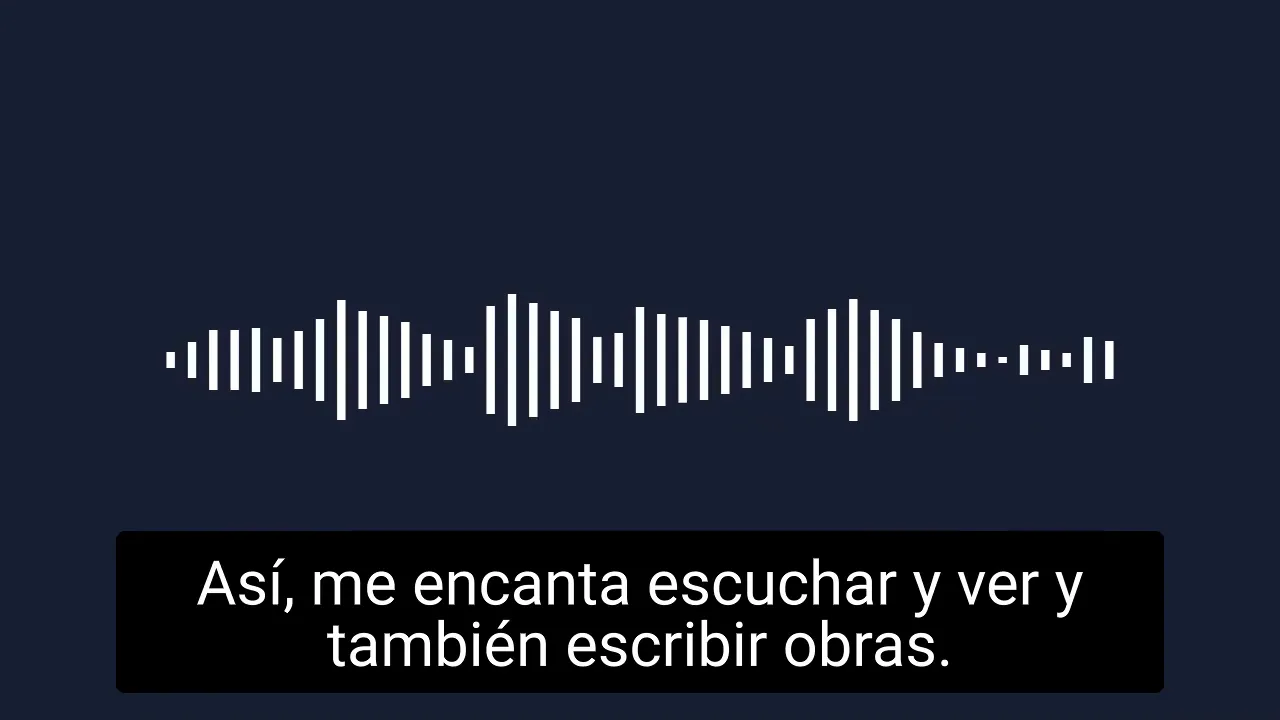
Key present-tense verbs (yo form) with short examples
- leer → leo: Yo leo libros cuando tengo tiempo. — I read books when I have time.
- escuchar → escucho: Escucho audiolibros en el coche. — I listen to audiobooks in the car.
- ir → voy: Voy al teatro cuando puedo. — I go to the theatre when I can.
- escribir → escribo: Escribo obras y cuentos. — I write plays and stories.
- ver → veo: Veo películas y documentales. — I watch films and documentaries.
- practicar → practico: Practico yoga regularmente. — I practise yoga regularly.
- caminar → camino: Camino todos los días. — I walk every day.
- viajar → viajo: Viajo para aprender idiomas y culturas. — I travel to learn languages and cultures.
- cocinar → cocino: A veces cocino cuando tengo tiempo. — Sometimes I cook when I have time.
- visitar → visito: Visito museos cuando viajo. — I visit museums when I travel.
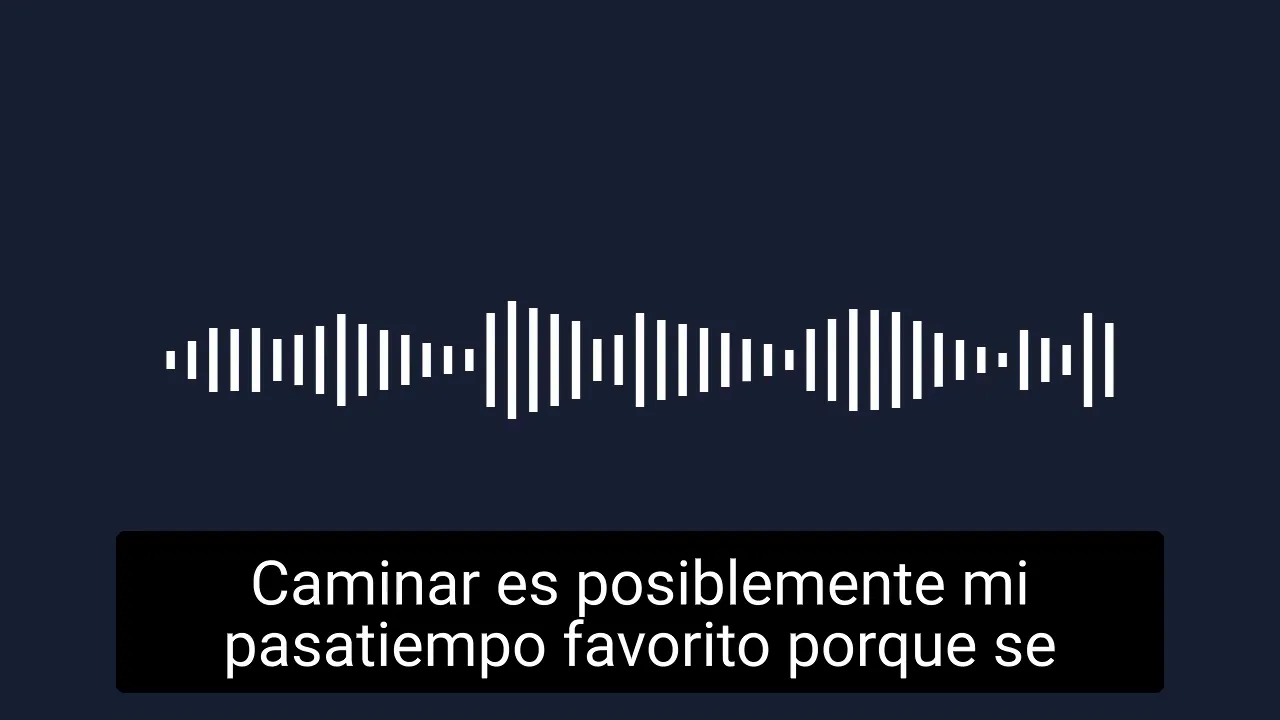
Practical, low prep Spanish activities you can use today
Each activity below is easy to set up and focuses on the present tense. These are perfect as low prep Spanish activities for busy days.
- Audiobook commute: Listen to short chapters in Spanish during your drive or walk. Pause and repeat one sentence aloud in the present tense.
- Walk-and-talk: While walking, narrate what you do: “Camino, escucho música, miro árboles.” Short, present-tense sentences build fluency.
- Describe a photo: Take a photo on your walk or at home and write three sentences in Spanish: qué ves, qué haces, qué sientes.
- Mini theatre monologue: Use a 30-second monologue about a hobby: “Me gusta viajar. Viajo a menudo.” Practise pronunciation and emotion.
- Museum minute: Look at a painting online and say one present-tense opinion: “Me impresiona este cuadro. Me gusta el color.”
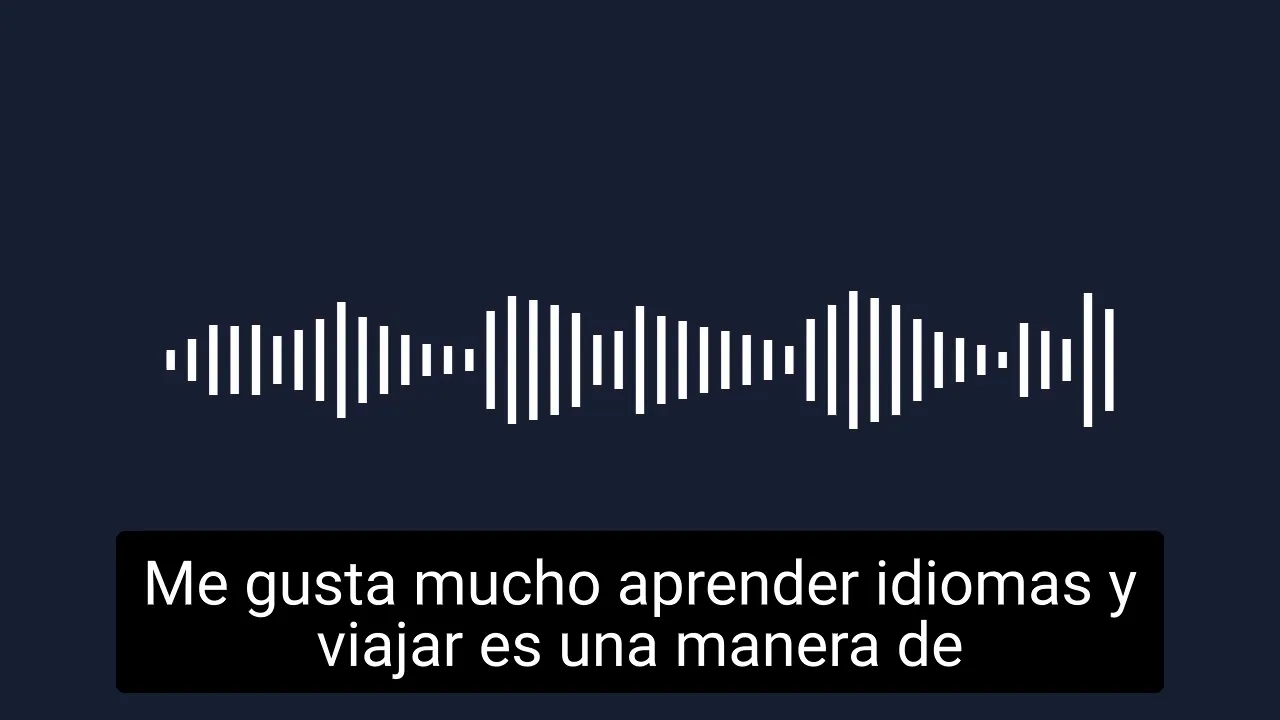
Tips to make these activities stick
- Keep each session to 5–10 minutes. Short repetition beats rare marathon sessions.
- Focus on I sentences (yo form). They are simple and immediate.
- Record yourself once a week to track progress. Listening back reveals patterns to improve.
- Mix activities: listen on the commute, speak on a walk, write a quick sentence in bed.
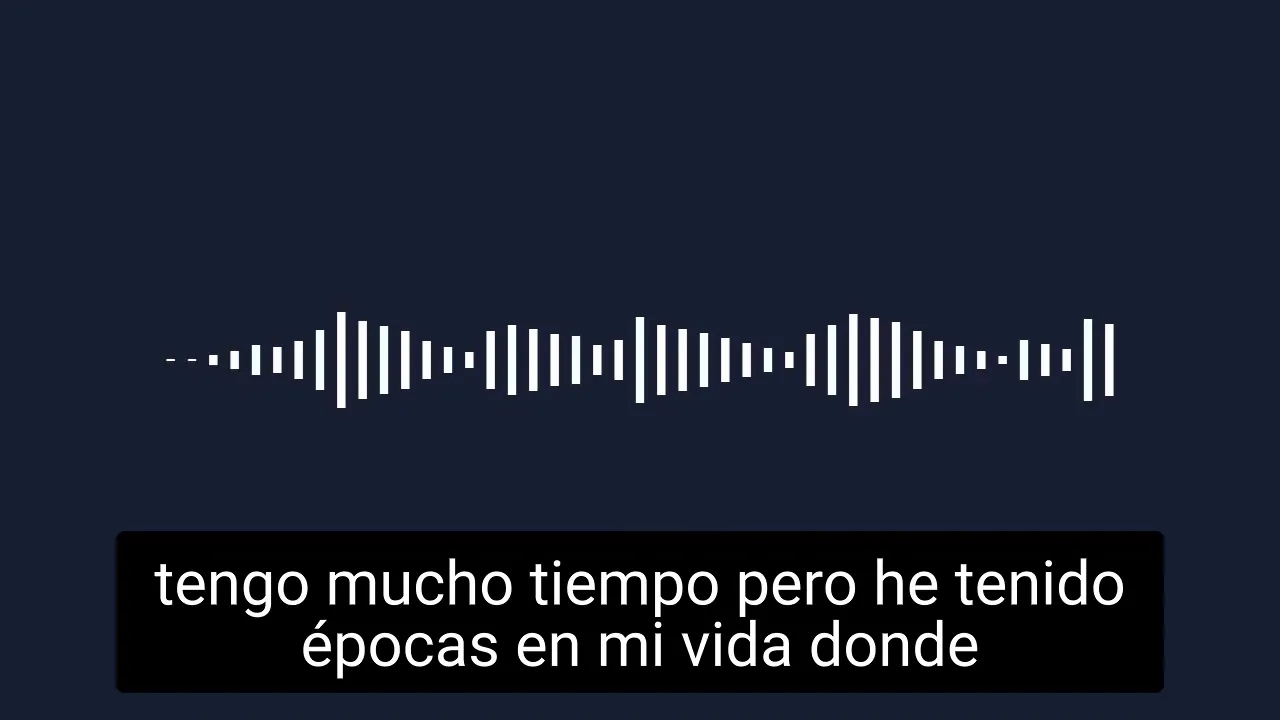
Wrap-up
Hobbies give natural, meaningful contexts for the present tense. Use the Spanish passage above as a model, then try one or two of these low prep Spanish activities today. Small, consistent practice makes the language feel like part of life rather than a separate task.
If you teach Spanish, record your hobbies, make a transcript and have your students use it to talk about their daily routines.
Building Proficiency for World Language Learners: 100+ High-Interest Activities
Discover over 100 dynamic activities to make world language learning interactive and fun. I wrote this book with some of my favorite activities for educators aiming to build proficiency with high-impact strategies.
Learn more and get your copy here.
5 Weeks of No and Low Prep Fun
Need quick, engaging activities for your class? This free guide includes 25 no-prep and low-prep ideas to save time while keeping students excited about learning.
Download your free copy now.
100s of videos to learn Spanish:

